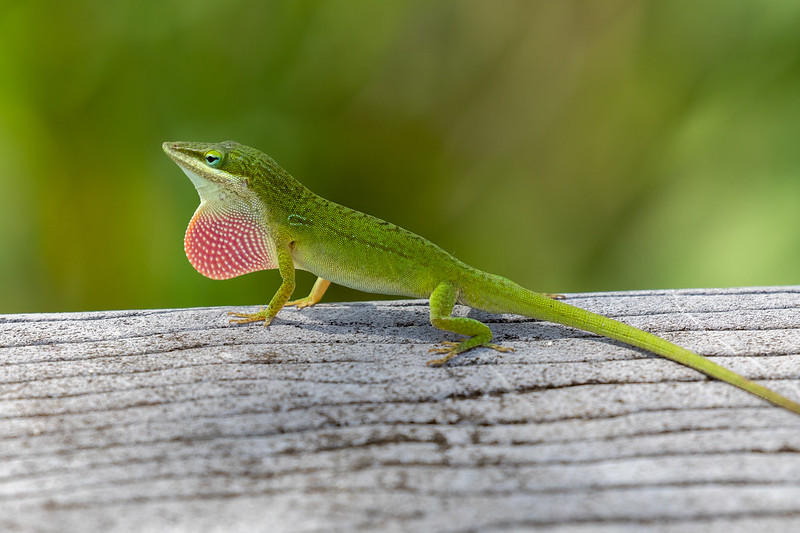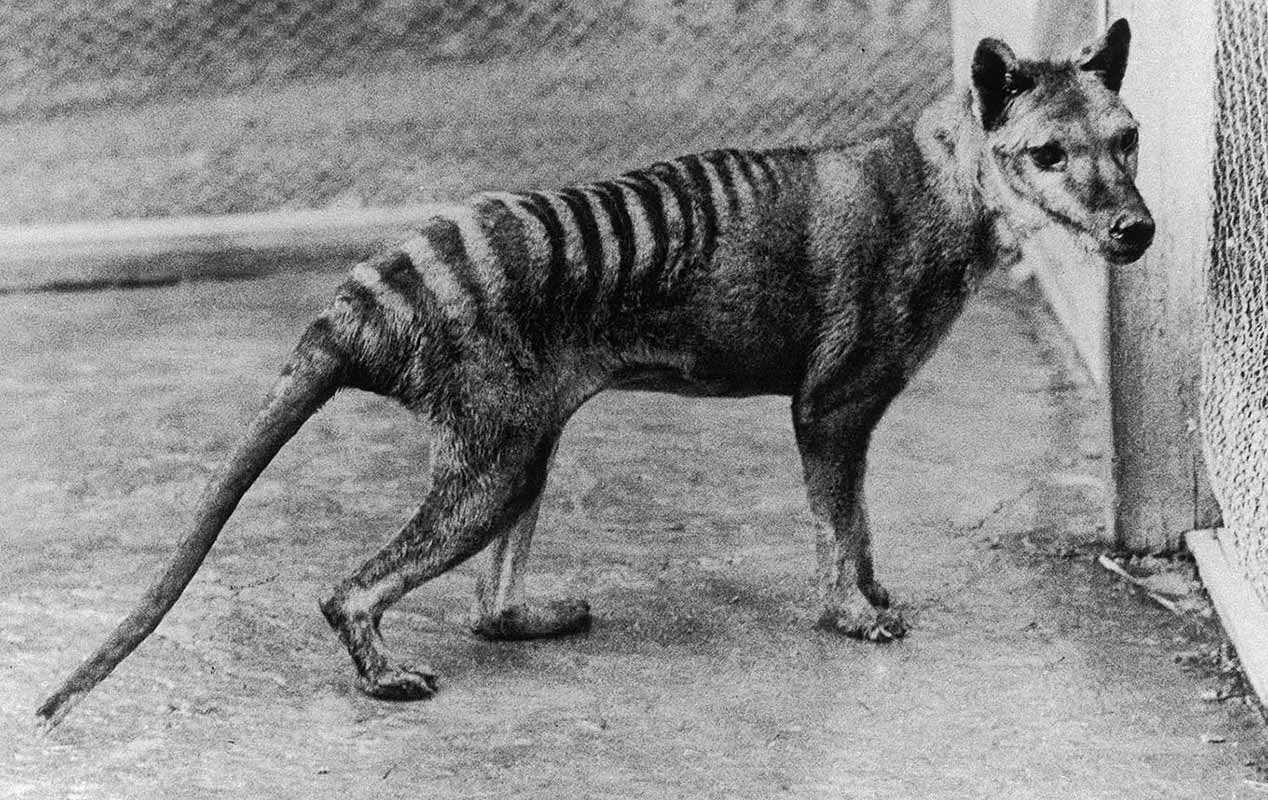Love Songs for End Times
By Zoë Fay-Stindt
I sing to
the green anole
in a made-up
lizard language—
fiddling tongue,
whirlwinds
and whistle-
clucks.
He curves his neck,
ear hole craned
to my porch perch.
He pinks
his bubble-throat.
For years, I saw
devil horns peeking
from each human
head. Yes,
the chemical,
the highway framed
with fields
and fields
of low metal
chicken farms,
bouncing off death
in the sun. Yes,
the river
nearly evaporated.
But on all those
superfund sites,
someone—
no, a people
—are planting
black ash trees.
Sweetgrass
grows thicker
from our harvesting
hands. Reader,
it’s not all gone up
in flames.
I say this
for you
and for me.
On a postcard
taped to my wall,
a globe as deep
pink as the lizard’s
puffed throat:
le soleil
ne se couche pas.
And it’s true:
the sun never sets.
Zoë Fay-Stindt (she/Z/they) is a queer, bicontinental poet with roots in both the French and American South. Their work has been nominated for the Pushcart Prize, featured or forthcoming in places such as RHINO, Muzzle, and Ninth Letter, and gathered into a chapbook, Bird Body, winner of Cordella Press’ inaugural Gwendolyn Brooks Poetry Prize. She lives in Ames, Iowa, where she is an MFA candidate at Iowa State University, award-winning teacher, and co-managing editor for the environmental writing journal, Flyway.
Photo credit: Green anole image by Matthew Paulson via a Creative Commons license.
A note from Writers Resist
Thank you for reading! If you appreciate creative resistance and would like to support it, you can make a small, medium or large donation to Writers Resist from our Give a Sawbuck page.


